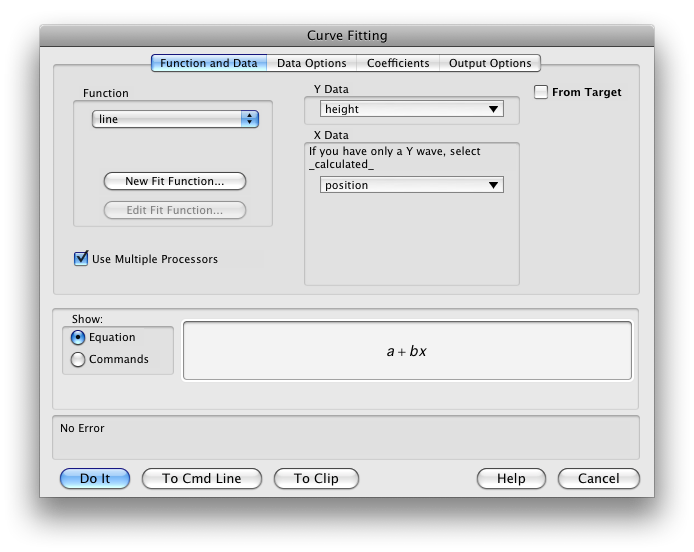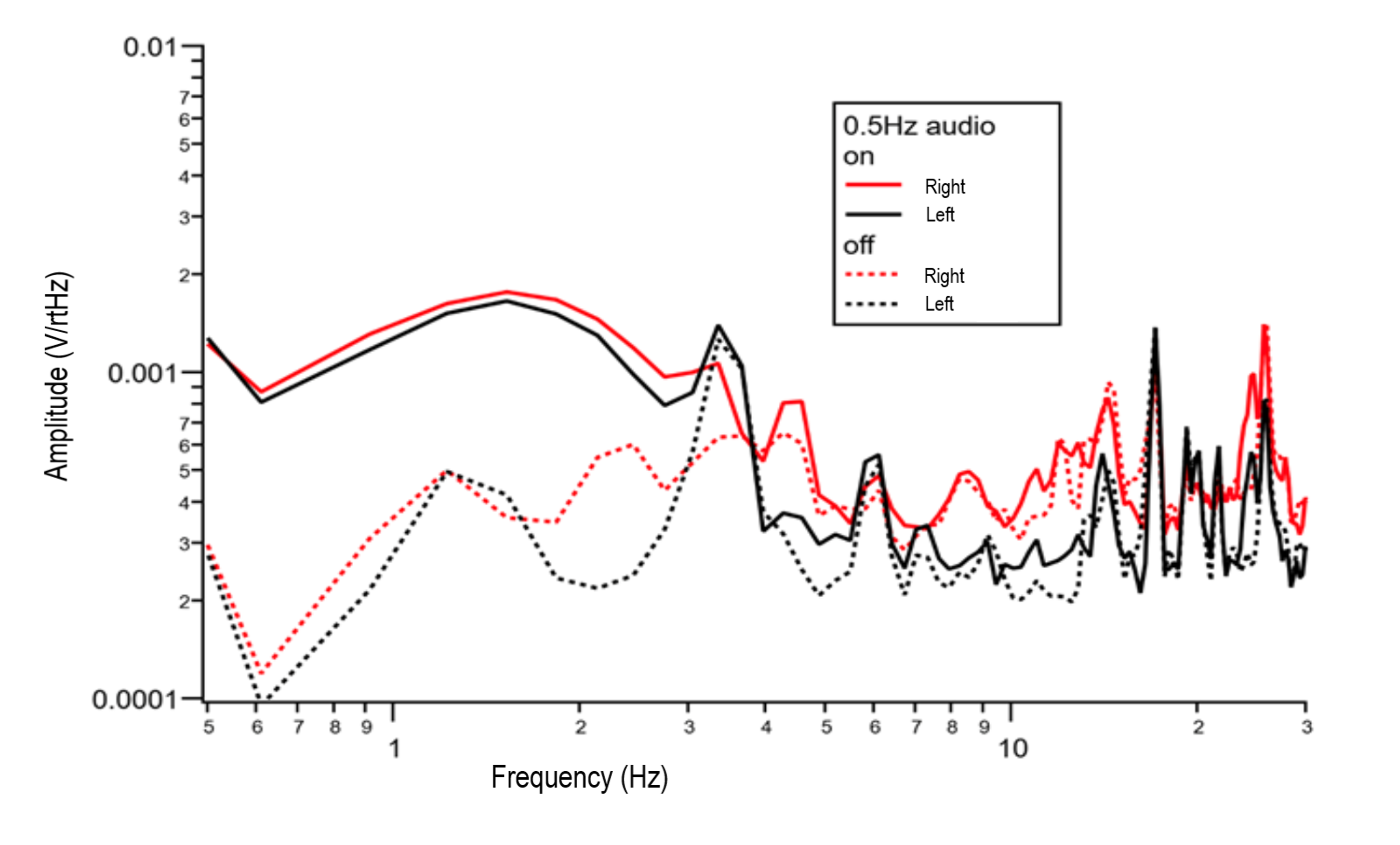

- IGOR PRO 7 VS 6 HOW TO
- IGOR PRO 7 VS 6 CODE
Data import - imports data from ASCII & XML (CanSAS XML) files. PDDF/Molecular weight using GNOM and other tools. Mass Fractal Aggregate - 3D Monte Carlo shape reconstruction.  Pair distance distribution function (PDDF, P(r)). Hermans, Modified Hermans, and Unified Born Green (correlated lamellae systems). Powder diffraction peak fitting tool (WAXS). Small-angle diffraction tool (up to 6 diffraction peaks). X-ray and Neutron reflectivity using Parrat's recursive method. Fractal model (combination of mass and surface fractals). Selection of form factors and structure factors, Unified fit, Mass or Surface Fractal, and Diffraction peaks. Modeling - Direct modeling of SAS from up to 10 populations on up to 10 data sets at once. Irena requires commercial package Igor Pro from Wavemetrics, Inc. Irena also provides set of tools for bioSAXS users and can utilize its own tools and gnom from ATSAS package to generate PDDF. Irena also contains simple X-ray and neutron reflectivity tool, for more complex systems use Motofit. It addresses complex systems with size distributions, hierarchical structures, diffraction peaks, etc. It is mostly used for analysis of data in materials science, chemistry, polymers, metallurgy, physics, and other systems of typically solid or liquid samples. Irena is data manipulations and analysis toolbox for small-angle scattering (SAXS, SANS, USAXS, USANS) data. An example of the use of different coding platforms.Irena package for analysis of small-angle scattering data The report is attached in the link below. I support a call that we would drop teaching MatLab in favor of teaching python. I conclude with the thought that I might carry forward to our department. * The approach that I needed to take in MatLab essentially got in my way. * python (in Jupyter) provides significant ease of coding, running, and seeing results in one window (plus it is free). * Maple stands well above the others in the beauty with which one can marry symbolic math to graphics.
Pair distance distribution function (PDDF, P(r)). Hermans, Modified Hermans, and Unified Born Green (correlated lamellae systems). Powder diffraction peak fitting tool (WAXS). Small-angle diffraction tool (up to 6 diffraction peaks). X-ray and Neutron reflectivity using Parrat's recursive method. Fractal model (combination of mass and surface fractals). Selection of form factors and structure factors, Unified fit, Mass or Surface Fractal, and Diffraction peaks. Modeling - Direct modeling of SAS from up to 10 populations on up to 10 data sets at once. Irena requires commercial package Igor Pro from Wavemetrics, Inc. Irena also provides set of tools for bioSAXS users and can utilize its own tools and gnom from ATSAS package to generate PDDF. Irena also contains simple X-ray and neutron reflectivity tool, for more complex systems use Motofit. It addresses complex systems with size distributions, hierarchical structures, diffraction peaks, etc. It is mostly used for analysis of data in materials science, chemistry, polymers, metallurgy, physics, and other systems of typically solid or liquid samples. Irena is data manipulations and analysis toolbox for small-angle scattering (SAXS, SANS, USAXS, USANS) data. An example of the use of different coding platforms.Irena package for analysis of small-angle scattering data The report is attached in the link below. I support a call that we would drop teaching MatLab in favor of teaching python. I conclude with the thought that I might carry forward to our department. * The approach that I needed to take in MatLab essentially got in my way. * python (in Jupyter) provides significant ease of coding, running, and seeing results in one window (plus it is free). * Maple stands well above the others in the beauty with which one can marry symbolic math to graphics. IGOR PRO 7 VS 6 HOW TO
* Igor Pro stands well above the others in the ease with which one can produce publication-ready graphics without knowing how to code. It is more like making a translation among the Latin-based languages (e.g. Coding in any one is not akin to translation of Arabic to Dutch. * All four platforms use comparable syntax.

I defer especially to those who are more well-seasoned than I am in the use of python or MatLab to tell me that I have overstepped or mis-represented something about these platforms. It may also be of use to folks who are evaluating Igor Pro by comparison to any of the other platforms and who wish to know what is or is not different. Please note, the summary comments that I make at the end are my observations.

I generated the report using LaTeX under macOS 10.13.6.įolks in similar situations (i.e. teaching coding to engineers) might find the report useful. I used three different coding platforms: Igor Pro (7), python (in Jupyter), Maple 2017, and MatLab R2018a. I developed a template report for the class as a starting point. Their code must be modular, and the output graphics must be what I call "publication-ready". The function will change depending on the topic, and the input parameters to the function will change for each group per topic.
IGOR PRO 7 VS 6 CODE
For the reports, they will have to develop code that will graph a function. I am assigning Capstone Reports to students in my senior chemical engineering course. Wide-Angle Neutron Spin Echo Spectroscopy.







 0 kommentar(er)
0 kommentar(er)
